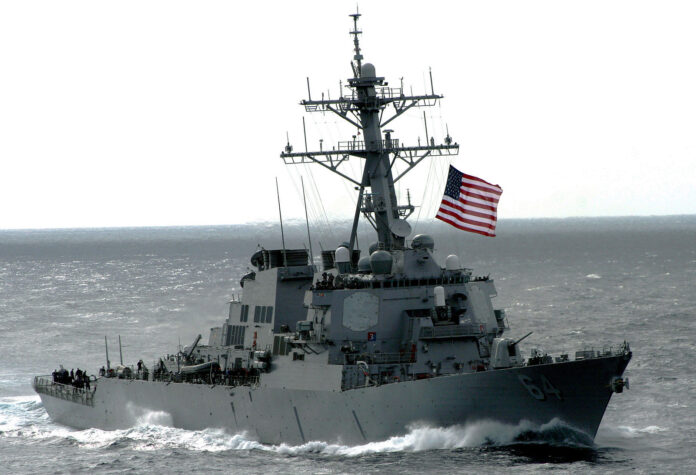Yesterday a U.S. Navy destroyer, the USS Carney, was targeted by Yemen’s Houthi rebels, leading to the downing of drones and a missile by the naval vessel. This incident is part of a larger pattern of aggression linked to the ongoing conflict between the Iran-aligned Houthis and U.S.-led forces. The rebels have stated their actions are a direct response to Israel’s military operations in Gaza, indicating the regional breadth of the conflict.
Amid these developments, the Indian Navy found itself combatting a blaze on a container ship previously attacked by the Houthis, highlighting the broader implications of these skirmishes on maritime security and commercial shipping. The dangers posed to civilian vessels traveling through these strategic waterways have brought international attention to the security of one of the world’s most vital maritime routes.
Parallel to the attacks at sea, Iran announced its plan to confiscate a $50 million cargo of Kuwaiti crude oil intended for Chevron Corp., adding a layer of complexity to the regional tensions. This action, part of a prolonged shadow conflict across the Middle East’s maritime domains, showcases Iran’s aggressive stance in the ongoing geopolitical strife. The reasoning behind the seizure involves a mix of allegations and legal justifications, reflecting the multifaceted nature of the regional disputes.
The Houthi commitment to persisting in their assaults until their demands regarding Gaza are met suggests a readiness for prolonged conflict. Their capability to execute sophisticated attacks, as seen in the targeting of the USS Carney and the sinking of a cargo ship carrying fertilizer, demonstrates their impact on international trade and regional stability.
These recent events are part of a continuation of maritime incidents that began to escalate in 2019, after the U.S. withdrew from the Iran nuclear deal. The pattern of ship seizures, explosions, and other forms of aggression has raised alarms over the safety of naval and commercial vessels in the region. Despite Iran’s denial of involvement, the U.S. Navy has attributed several of these hostile acts to Tehran, indicating the high stakes of maritime security in the area.
As the situation unfolds, the global community remains vigilant. The measures taken by the U.S. Navy to protect its ships and ensure the free passage through contested waters highlight the strategic significance of the Red Sea and surrounding maritime regions. With neither side showing willingness to back down, the maritime domain will likely continue to be a central stage for the unfolding conflict that affects not only the Middle East but also has far-reaching implications for international commerce and global stability.
Image is in the public domain in the United States.










